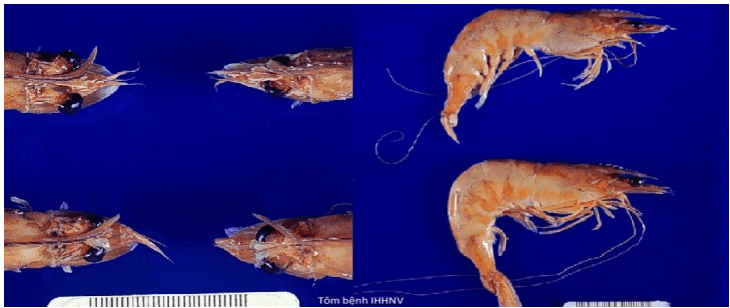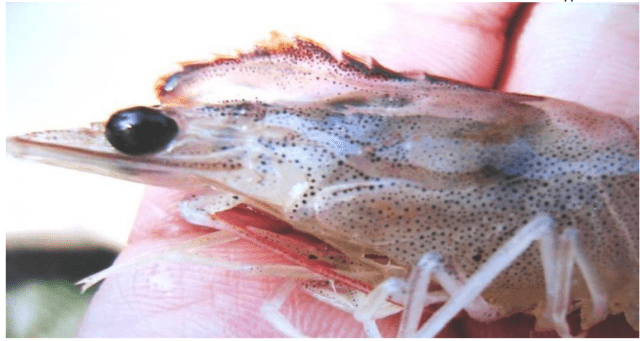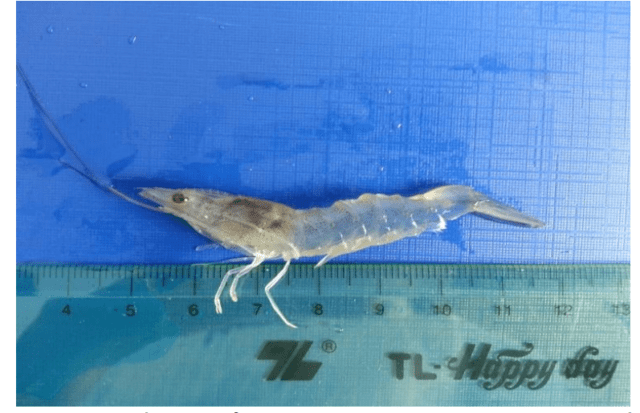Cause
Epithelial and hematopoietic necrosis caused by infectious hypodermal and hematopoietic necrosis virus (IHHNV). IHHNV is classified in the family Parvoviridae, of the new breed Brevidensovirus.
Diagnosis
Diagnosis: The infected white leg shrimp presented a curved or anomalous host, the appendages in the head of the breast also appeared abnormal, deformed, rough and scaly shells, crayfish beard, shrimp growth decreased from 10 to 30%, shrimp were stunted. For prawns, when they show disease, the shrimp usually turn blue, the abdominal muscles are cloudy white and the shrimp often die a lot in the period of 10 – 20 days after breeding. IHHNV disease reduces production and causes economic damage because when harvested, infected shrimp are often small, uneven and anomalous in size.



Preventing and treating diseases
The most effective way to prevent diseases is still to use clean, high-quality shrimp. Egg and larval sterilization is an effective method of disease prevention at breeding farms. For meat shrimp ponds, selecting and checking healthy, clean and non-infectious breeds, IHHNV infection is also a way to prevent disease.

 Tiếng Việt
Tiếng Việt Indonesia
Indonesia